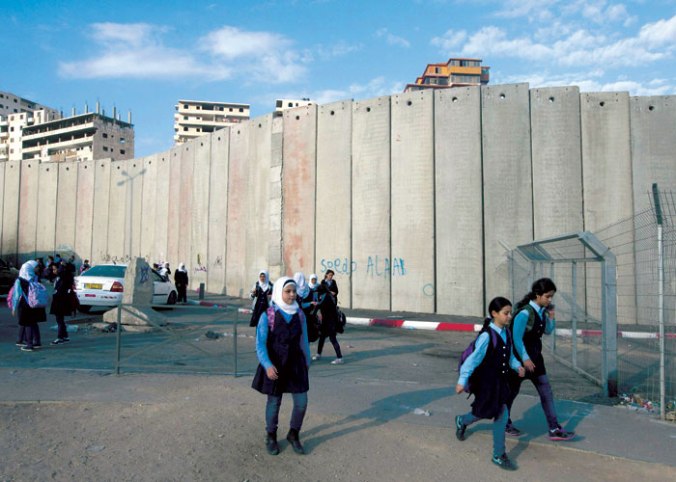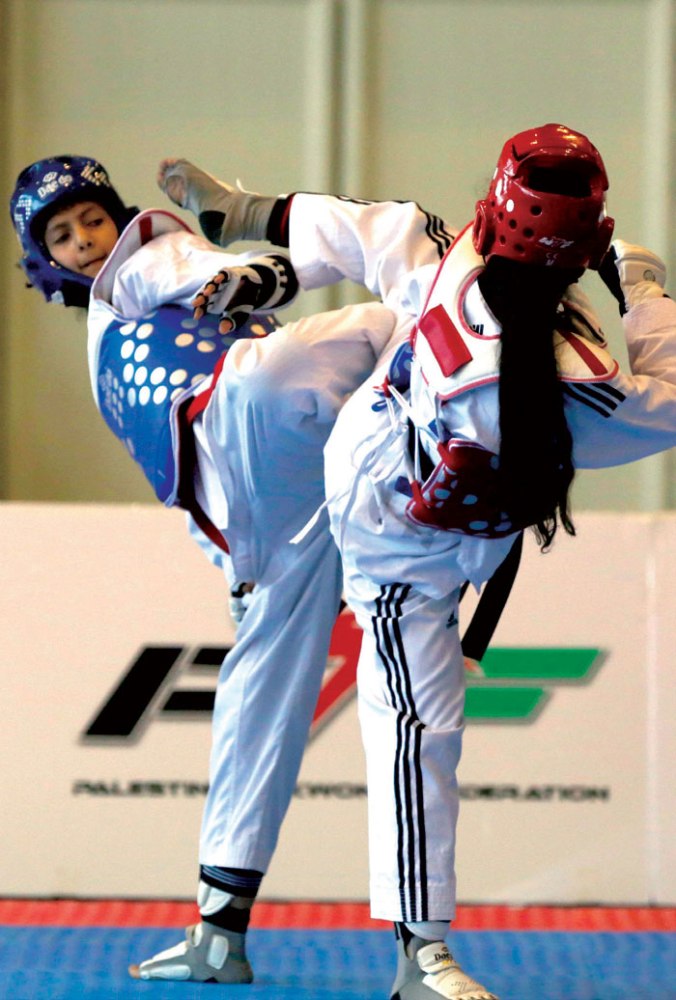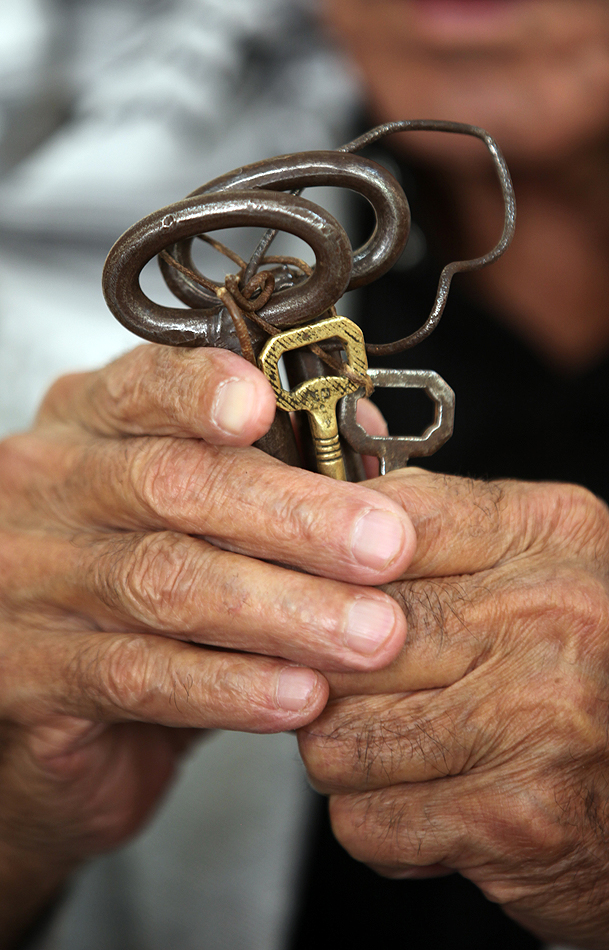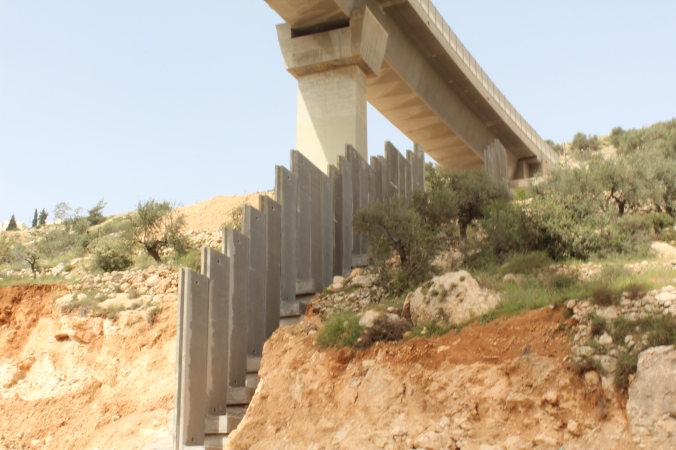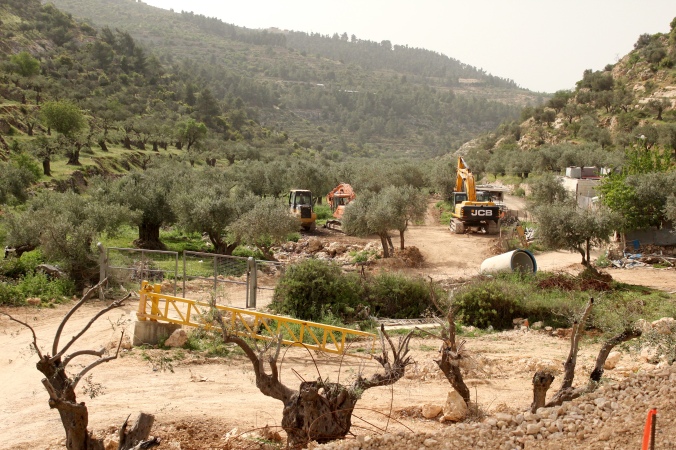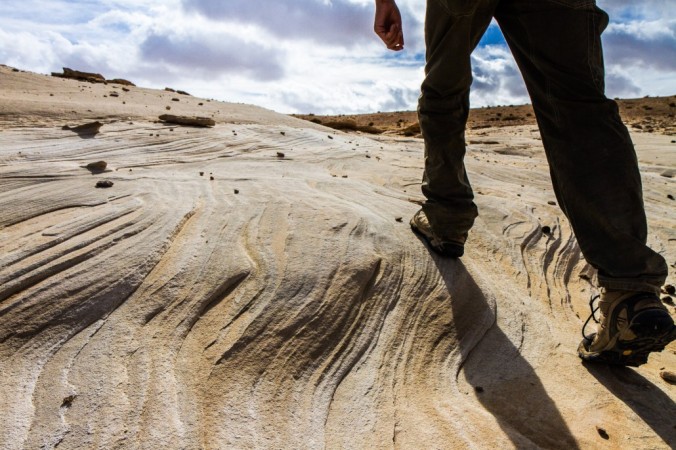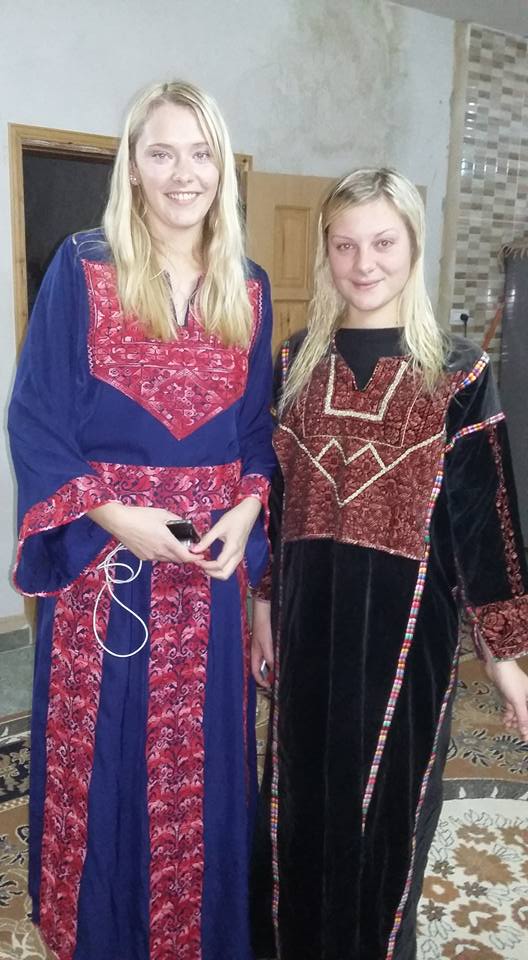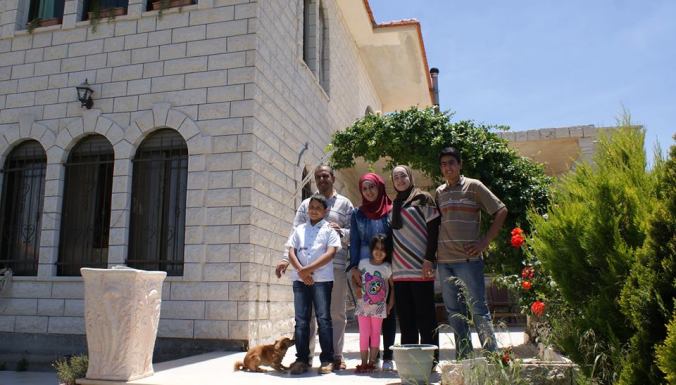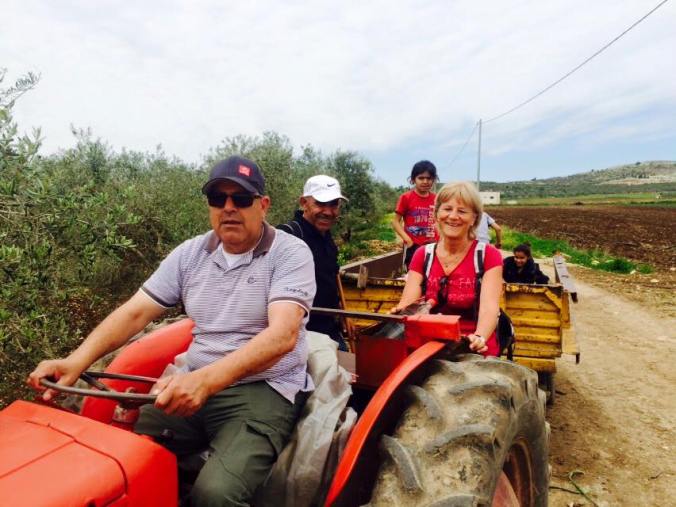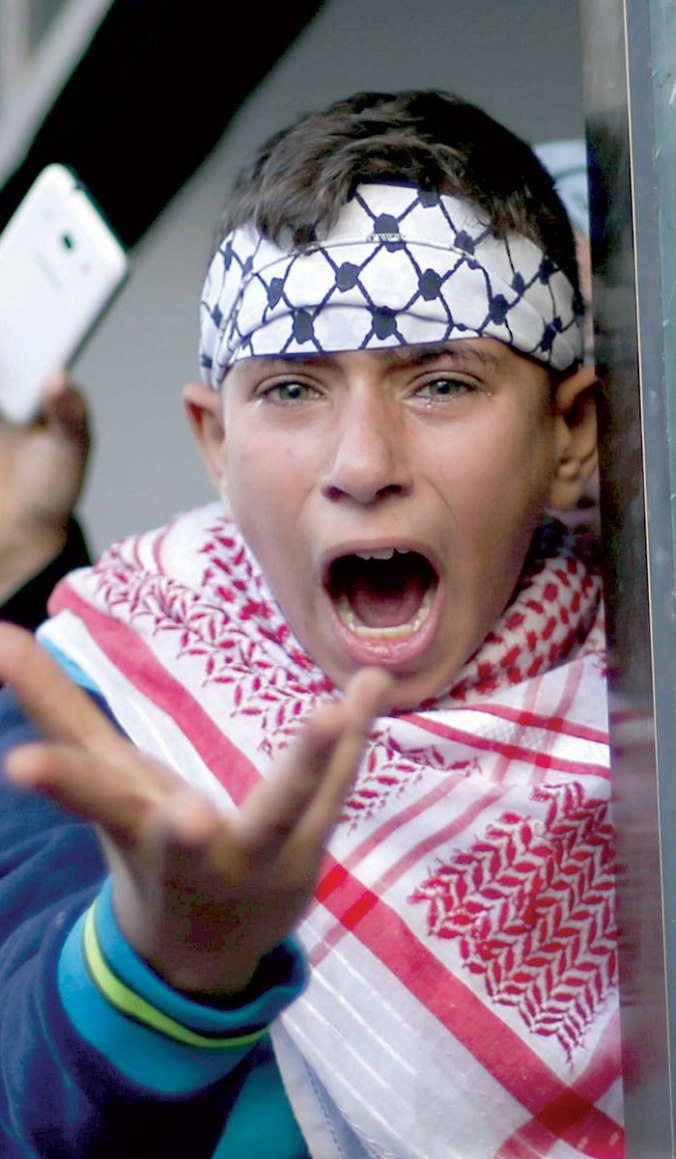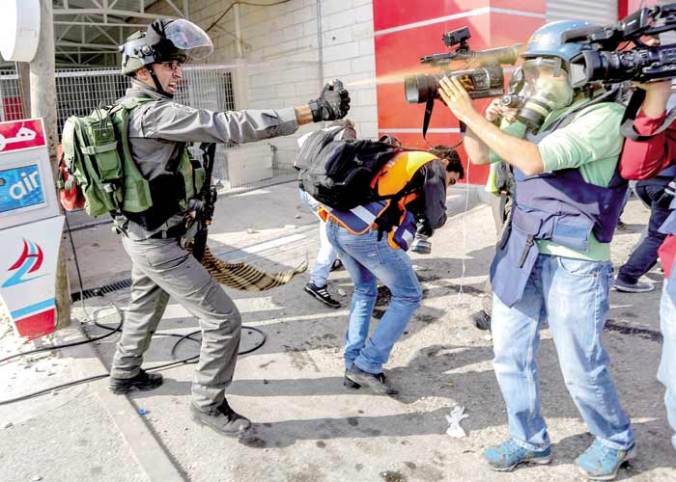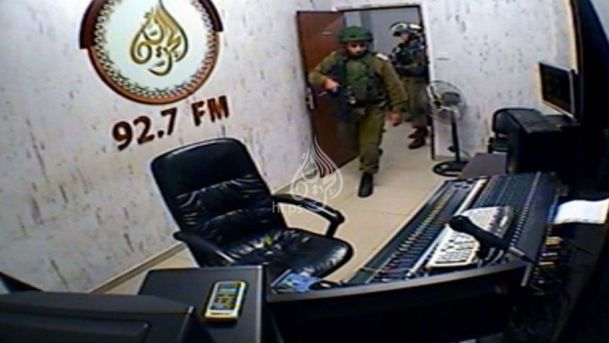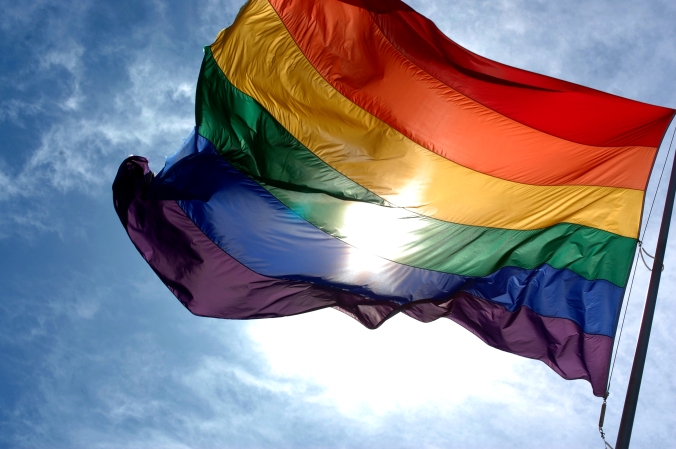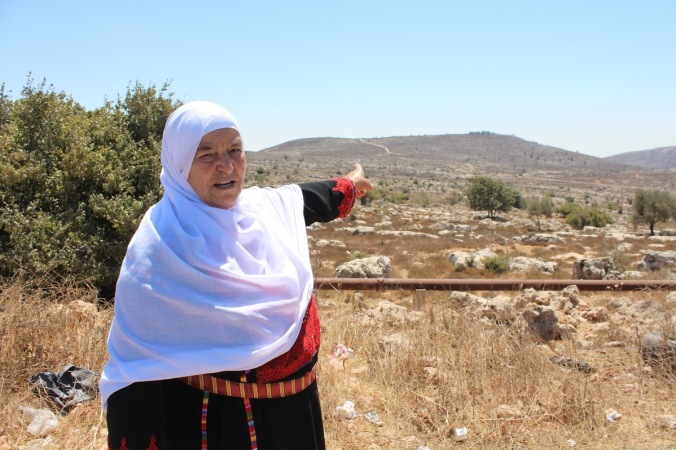
Mariam Abdul Kareem won a lawsuit against an illegal settlement built on Silwad land, only to find out that the Israeli government plans to move the evacuated settlers to another plot of hers. (Photo credit: Malak Hasan)
Silwad – As the deadline set by the Israeli High Court of Justice to dismantle the largest illegal Jewish outpost in the central West Bank draws closer, the Palestinian landowners’ victory was interrupted when Israel announced a proposal to move the evacuated settlers into adjacent private Palestinian land.
On August 11th, months before the long-awaited evacuation of about 40 Israeli families who illegally set up caravans on land that belongs to Palestinians from Silwad, Ein Yabrud and Taybeh in 1996, the Israeli Civil Administration in the West Bank published a map in Al-Quds newspaper highlighting in red 35 plots of what it said were “abandoned” lands.
The ad signed by Yusi Sigal, the Israeli custodian of state land and abandoned property in the West Bank, declared the land shown in the map as “abandoned” and demanded those who claimed ownership to come forward with a written objection within 30 days.
The ad came a few days after a special Israeli committee recommended moving Amona’s settlers to nearby Palestinian land. Israeli Attorney General Avichai Mandelblit has yet to rule on the legality of the plan but he stated that work could move forward on the matter until he issues a ruling.
Israeli Minister of Defence Avigdor Lieberman argued that the abandoned property law could be used to move settlers of Amona into land owned by Palestinians who left the West Bank decades ago.
While some of the landowners live in Jordan and the United States, dozens still reside in the West Bank but have been banned from their land for years, said Silwad Mayor Abdul Rahman Saleh.
The Israeli court gave the settlers of Amona until December 25th to evacuate the outpost and compensated each Palestinian landowner with about $16,000.
In 2008, the human rights organisation Yesh Din petitioned the Israeli court on behalf of Palestinian landowners demanding the removal of the entire outpost.
Khairallah and Attallah Abdul Hafez are two of the eight Palestinian landowners who won back their land. They said they are relieved to have retrieved their family’s 3.5 hectares.
Khairallah, who is unemployed but had worked in farming before his land was seized, said he was thrilled at having the chance to replant his land with grapes again. “We used to sell our entire harvest to the neighbouring and predominantly Christian village, Taybeh,” he said. “They used the crop to make wine.”
Despite the ruling, Palestinian landowners said they are worried that the settlers might refuse to leave the land. Amona received demolition orders in 2000 and 2005 but the outpost was never evacuated, said Yesh Din.
Following the latest petition in 2008, Israel pledged to evacuate the outpost but failed to do so until the court instructed the removal of the outpost by the end of this year.
While Khairallah said he was optimistic, new landowners, including Mariam Abdul Kareem, said they were living a nightmare. She was anxiously waiting to get back her land only to find out that the new proposal includes another plot that belongs to her husband.
“I have exhausted all words to describe how I feel Israel has no right to call our land abandoned. We’re too afraid to approach it because armed Jewish settlers attack us when we do,”Abdul Kareem said.
Amona was erected in 1995 on private land next to the illegal settlement of Ofra. Since then, Palestinian landowners have dealt with settler violence targeting anyone who tried to access the surrounding land.
Harbi Abdulqader, 68, said it has been 25 years since he last cultivated his land, which is adjacent to a road that was paved specifically to connect Amona to Ofra.
“I have 8 dunums (0.8 hectares) of land that I tried to cultivate to no avail. I risked my life on several occasions and I am not ready to risk my children’s life,” he said.
He and other landowners remember 50-year-old woman named Aziza who refused to leave her land when confronted by armed settlers and was killed.
Although the settlers were given the option to move to other settlements near Nablus, they rejected the offer and only agreed to move onto land near Amona.
Abu Saleh said the new plan was a scheme to override the court ruling and expand Amona.
The 35 plots are scattered across a vast area and Saleh said Israel will eventually take over all the land between the plots. “Although the plots in question are 35, Israel might eventually seize more than 150 plots,” he said.
The Palestine Liberation Organisation’s National Bureau to Defend Land warned against the “dangerous” consequences of legalising illegal outposts in the occupied West Bank, describing the actions taking place in Amona as an unprecedented move aimed at swallowing more Palestinian land.
Peace Now, an Israeli non-governmental organisation, described the plan as a “crossing of a red line and a reversal of previous policies, including Likud government policies, according to which private lands cannot be used for the purpose of settlement”.
The US State Department criticised the move, saying: “This is a continuation of a process that has seen some 32 outposts that are illegal under Israeli law being legalised in recent years.”
